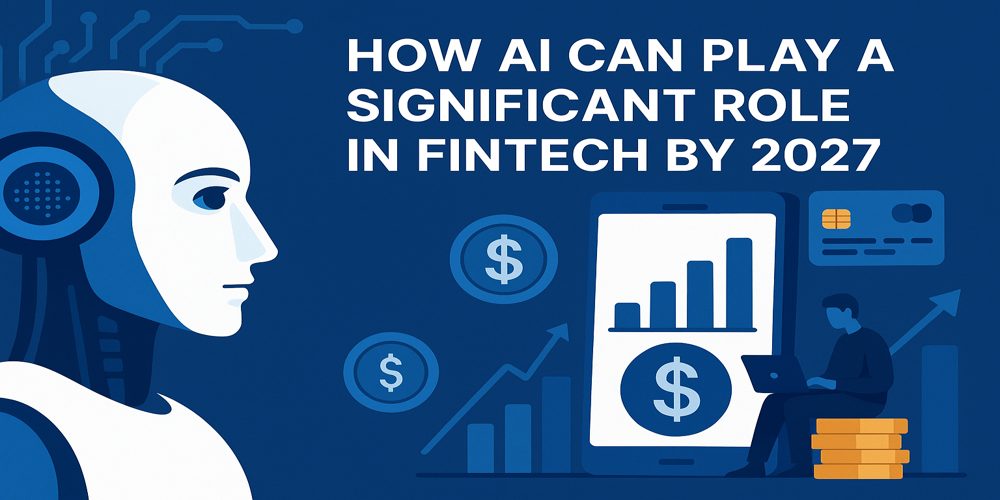Existing Floating Rate Borrowers Shift to a Teaser Loan, NOW!
As widely expected, RBI announced an increase in Cash Reserve Ratio (CRR) by 0.75 per cent to take effect during in two tranches in the month of February 2010. The Reserve Bank of India has hiked its Cash Reserve Ratio by 75 bps to 5.75% as against 5% at its credit policy meet (100 basis points=1%) which will be implemented in two stages.
The first 50 bps hike will come into effect on February 13 while the next 25 bps hike will be effective February 27. The Central Bank has left unchanged the Reverse Repo, Repo, and Bank rate at 3.25%, 4.75%, and 6% respectively.
So what does all this translate into for customers like you and me?
For what is CRR and how it affects interest rates, please see box below.
| What is Cash Reserve Ratio (CRR)? Banks are mandated to keep certain percentage (now increased to 5.75%) of their deposits with RBI. This is the CRR. Thus, an increase in the CRR leads to banks parking more money with RBI reducing the funds available for lending with banks. As less money is available to the bank to lend there is bias towards increase in rates as per the normal laws of supply and demand. |
The quantum of the increase is at 0.75 % was higher than the market consensus was of around half a percent. Additionally RBI has increased the target growth for 2009-10 from 6% to 7.5% for the year, and have clearly indicated that the recovery is getting established and inflation fears are coming true.
He stance is clear that it now remove that expansionist policy followed to deal with the crisis and recovery is clearly in motion, we can expect more such action including increase in Repo rates, Bank rates Reverse repo rates.
| What is Repo Rate?Simply defined, the repo rate is the rate at which RBI lends money to banks against collateral of Government securities. When the liquidity in the markets is high, the RBI increases the rate at which it lends to the banks to make it more expensive for the banks to borrow more money from RBI. Thus banks have more expensive money with them to lend to consumers and have in turn to increase their own rates. Thus increase in repo rates have a bearing on other interest rates like your bank FD rates, home loan rates, and so on.
What is Reverse Repo Rate?It is a mechanism by which RBI borrows moneys from the bank. The rate at which is does these acts as floor rate for all interest rate at this return is guaranteed to the banks. When this rate goes up naturally the overall interest rate will tend to increase as well. |
How are consumers impacted with these economic moves?
If you strip away the naturally guarded conservatism of the regulator, it clearly means that interest rates are on their way up as far as the regulator is concerned, and hence we will definitely see an increase in overall interest rate.
But the quantum of increase will depend on how inflation shapes up, and that in turn will probably depend on what kind of monsoon etc. we have, in this particular year. Still the question remains how does it affect you and me?
If you are thinking of depositing monies with banks, then it is advisable not to get into long term deposits. So if you are thinking of making 5 – year deposit then you should be making 1 year or 6 months deposit, as it is very likely that when the renewal comes up then you will be in a position to get far better rates. This is from the depositor’s perspective.
If we look from a borrower’s perspective, interest rates may not get affected immediately, not ( in the next 30 days or so) but clearly they will increase in the near future. So if you are looking at borrowing in the near future, then it makes sense for you to prepare your borrowings immediately go in for the current teaser rates. Teaser rates give you an assurance of fixed rates at least for the next two three years.
Similar teaser rates for a lesser period is available in car loans as well and customers should look at that also. What should customers with existing loans do? If you are wise enough to have taken a teaser loan then just wait and watch. But if you have borrowed on regular floating rate, then it is about time that you immediately shift to teaser rate loan. Do it in next two three weeks itself before interest rates start to harden or the teaser rate schemes are withdrawn. If necessary the shift can be to the same bank offering teaser rates.
So very clearly if you are a borrowing consumer, you can look for safety and go in for safety of teaser rate loan though safety is only partial. It only secures you for first 2 -3 years, but that is still better than not having any safety at all.
Isn’t it said that in the long run all of us are dead.!!!








